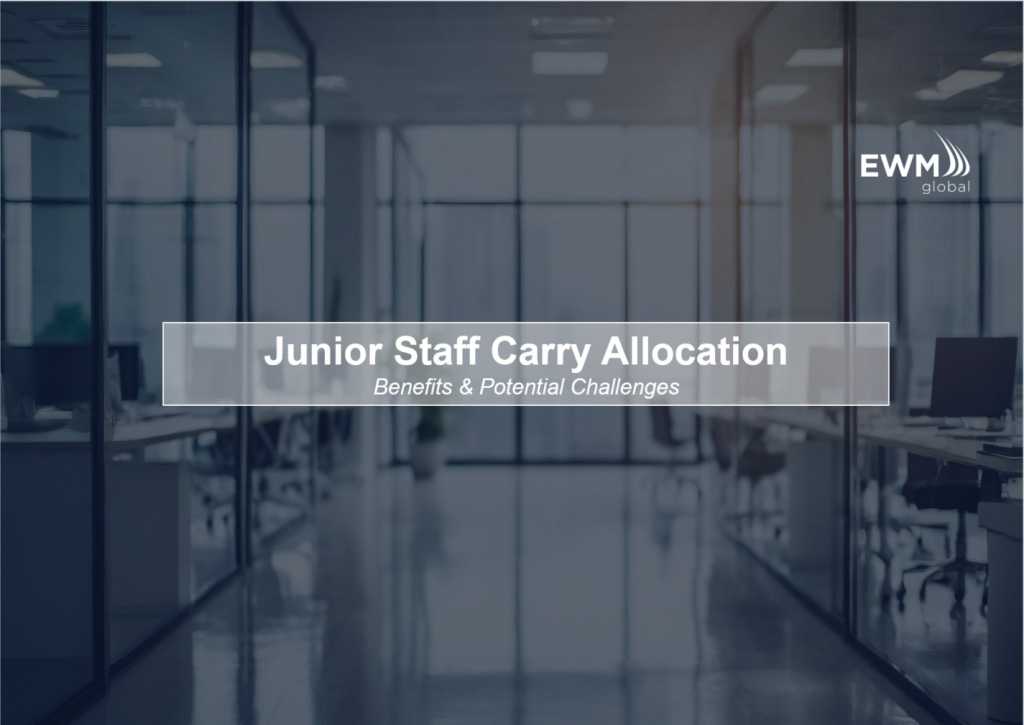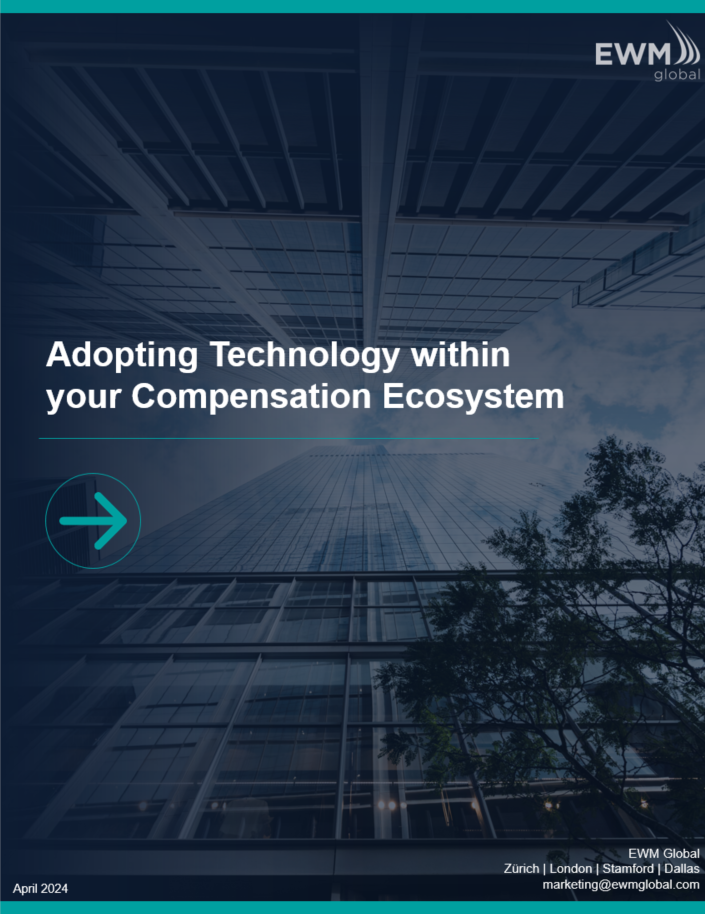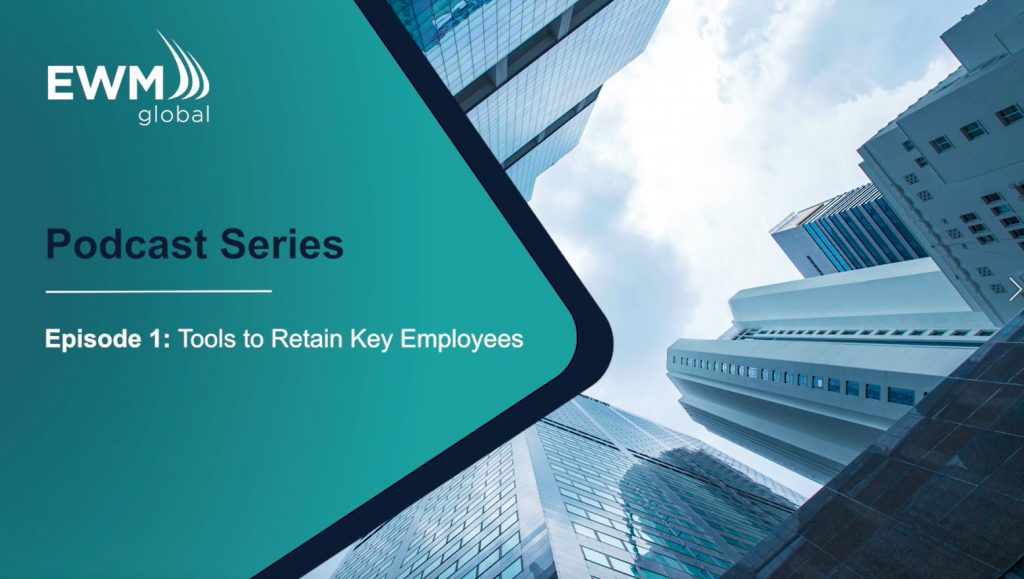Private equity has undergone a staggering transformation in the decade since the global banking crisis. What was once a relatively niche and informal corner of the international financial ecosystem has blossomed into a major destination for investment as institutions increasingly turn to alternative sources of revenue in an environment characterised by a sustained paucity of yield across traditional markets.
This growth, which shows little sign of slowing, has been accompanied by a necessary increase in sophistication, as the industry has matured and adapted to its new prominence. With regulators and LPs alike hungry for far more frequent and granular data on alternative investments, the old days of a brief annual emailed PDF report are largely gone. Far higher regulatory scrutiny, along with the need to impress ever more discerning investors, has led what was once a comparatively low-tech sector to start embracing digital investor platforms, and other third-party tech solutions, for the purposes of making information secure, comprehensive, reliable and accessible.
So far, so familiar. However, this flurry of activity and development has also served to conceal a growing concern that could soon start to pose a severe industry-wide risk.
The problem, in a nutshell, is that all of this change has been geared to the side of investors and investments. Firms have (understandably) had to focus most of their time and attention on adapting to new reporting regimes such as AIFMD and MIFID and drastically improving investor communications – not to mention the demands of day-to-day core activities in a boom market.
As a consequence, the other side – internal talent management and remuneration, particularly with regard to the administration and allocation of carried interest – has fallen by the wayside.
On this front, the systems in place at most firms continue to resemble the pre-crisis private equity industry of old. Carried interest plans are usually dealt with in-house, and typically revolve around nothing more sophisticated than a collection of Excel spreadsheets. In cases where third-parties such as fund administrators do lend assistance, systems still tend to be highly manual and spreadsheet-oriented.
Even in a smaller firm with only a few funds and a few dozen members, this way of doing things imposes problematic limitations and incurs big risks. As straightforward as the process can seem at the start and on the surface, complexity can quickly compound and errors snowball.
The manual element means that information can be incorrectly inputted and altered, or irregularly updated. People churn introduces another big element of risk, both in terms of members and admin staff. The complexity and lack of documentation means that often only one or two individuals truly know how to operate the system, and can leave firms at a loss when individuals move on.
Churn on the member-side leads to additional complexity in terms of, ensuring that forfeited carry points are properly reallocated. Points can easily be misallocated or orphaned, and these mistakes can multiply to the point where millions of dollars risk being misallocated or lost. Changes in complicated regulation and taxation structures, both over time and between territories, add yet another dimension of complexity and risk to proceedings. These systems are invariably set up to fail sooner or later, and it can get very messy (not to mention time-consuming in and of itself) from an administrative perspective. Two to three seemingly simple spreadsheets soon balloon into 20 or 30 as investments are realized and new funds are launched.
The reason that this issue has slipped under the radar (aside from attention being elsewhere) is that for smaller to mid-sized firms, as deleterious and risky as this outmoded approach is, it is nonetheless (just about) manageable, at least during the early stages of a firm’s growth.
Yet like the frog in the pot that doesn’t realize the slowly-warming water is about to boil until it is too late, the rapid growth of the sector and its AUM means that the problem could quickly come to a head, and even create an industry-wide risk. Just one or two high profile losses could catapult the issue into the headlines and potentially attract regulatory attention.
Firms that don’t start to look at this side of their operations could find themselves at a disadvantage compared to first-movers. Attracting and retaining the right talent is a crucial element to success in the world of private equity, and complex remuneration systems are key to achieving this. With competition for talent growing increasingly fierce, ensuring that carry systems are reliable and correctly administered reduces the risk of top talent going elsewhere. Accessibility is also important – these days it is common for members to demand quarterly updates on their carry plans, which under manual excel-based systems is nigh-on impossible. Even annual reports can quickly prove difficult to deliver.
The solutions are analogous to those that are being embraced on the reporting and investor communications side. Similarly, manual systems have started to give way to digitized platforms that automate the process in a reliable fashion and provide users with convenient access to information whenever needed. By partnering with the right third-party tech provider – one with specialized knowledge of the idiosyncrasies and complexities of private equity carry structures – firms can get ahead of this issue before it becomes the sector’s next headache.
To learn more about how you can digitally transform your carried interest plan administration, please contact marketing@ewmglobal.com






